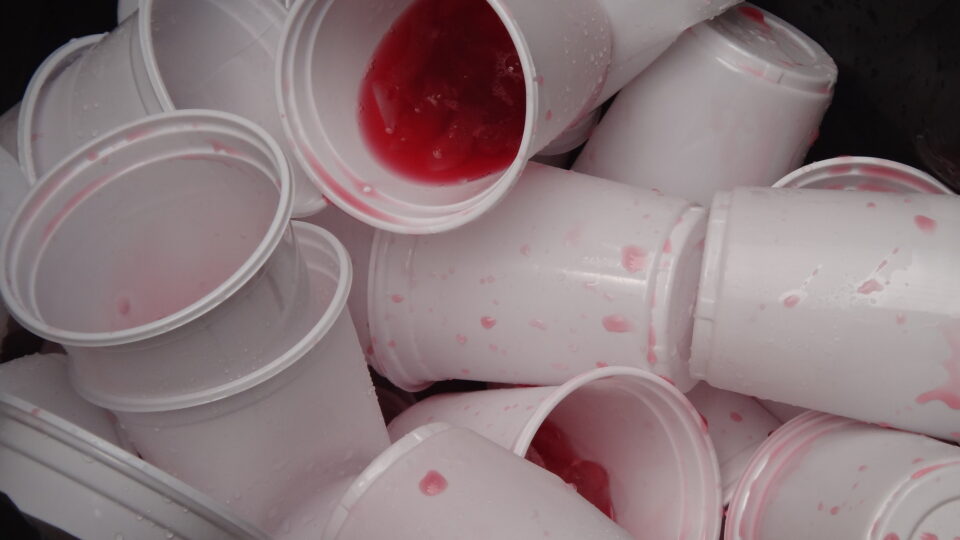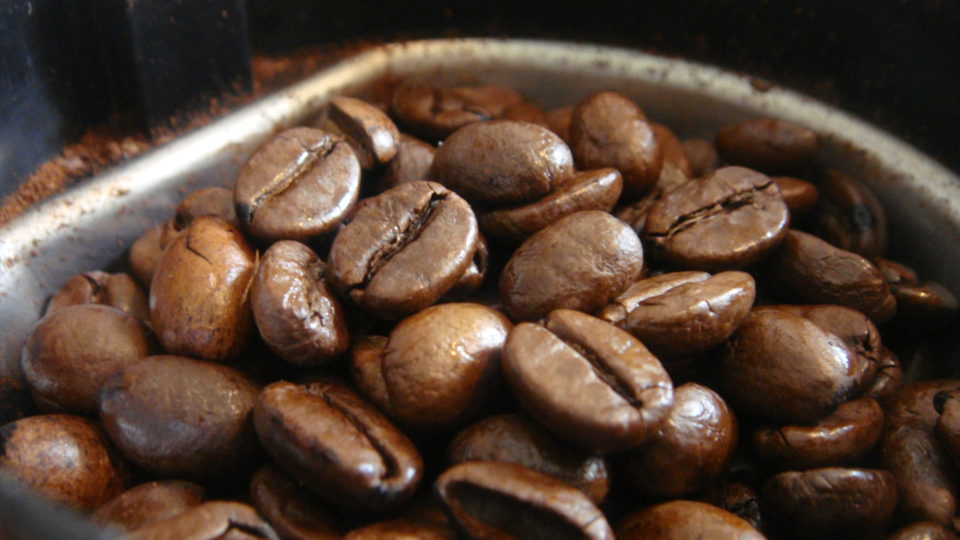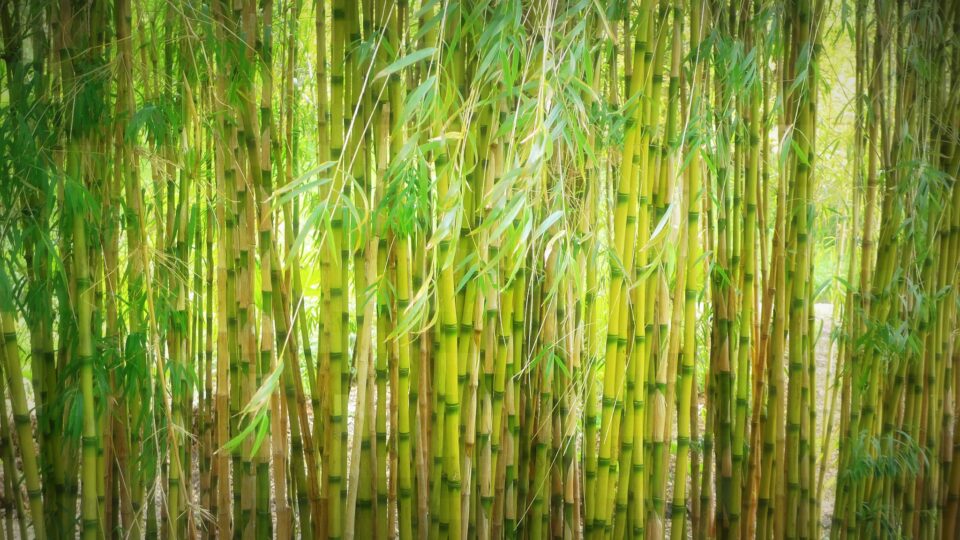The environmental cost of plastic waste is a highly visible global issue. The response has been a growing effort to replace plastic items with alternative materials. One very visible change of this sort has been the replacement of plastic cups with paper cups at coffee shops. But a new study at the University of Gothenburg in Sweden has found that this solution has problems of its own.
Researchers studied the effects of disposable cups in the environment on the larvae of the butterfly mosquito. They placed disposable cups made from different materials in wet sediment and water for a few days and observed how the chemicals leached from the cups affected the growth of the larvae. It turned out that all of the different kinds of cups had negative effects. The concern is not specifically about mosquito larvae; it is the fact that more environmentally friendly drinking cups are still potentially harmful to living things.
Paper is neither fat nor water resistant, so paper cups need to be treated with a surface coating. The most common coating is polylactide, which is a type of bioplastic. It is generally considered to be biodegradable, but the study shows that it can still be toxic. Bioplastics still contain many different chemicals and the potential toxicity of each of them is not well known.
The UN is trying to develop a binding agreement by the world’s countries to end the spread of plastics in society and nature. For such an agreement to be effective, the plastics industry will need to clearly report what chemicals all products contain, including such mostly invisible products as the coating on paper drinking cups.
**********
Web Links
Paper cups are just as toxic as plastic cups
Photo, posted October 23, 2016, courtesy of Flickr.
Earth Wise is a production of WAMC Northeast Public Radio




